
9 Dragons of Legend From Around the World
Published in Entertainment at April 12th, 2017 at 8:57 AM
Legends of mythical creatures have been passed down for thousands of years, from middle England to the height of the Japanese Empire. Fierce Beasts said to have unique and magical powers that they would use upon anything that stood within their way. Here are 9 of those dragons of legend from around the world.
Apep
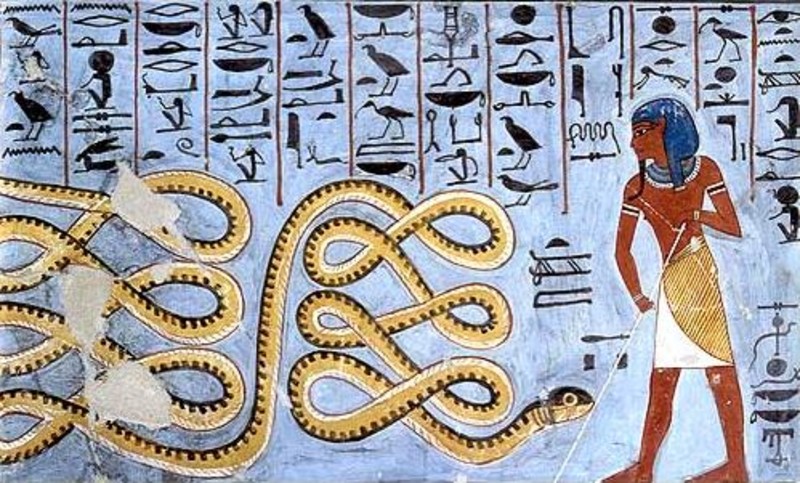
Let’s start way back in Ancient Egypt with the deity Apep, or ‘Apophis’, as he his called in Ancient Greek. Apep was the Egyptian deity of chaos and is usually depicted as a large serpentine dragon. Being the deity of chaos,

Apep was usually viewed as an evil deity and was the greatest enemy of the sun god Ra. As Apep was viewed evil personified, he was often depicted as a large serpent, apparently being 16 yards in length (or about 48 feet long). Apep was said to have dwelled just below the horizon in the underworld, waiting for the Sun to rise so that he could battle Ra.

Some Egyptian myths say that Apep was trapped there in the boundaries of the underworld because he had been the previous chief god; then Ra came along and overthrew him, which means Apep had rightful reason to be annoyed with Ra.
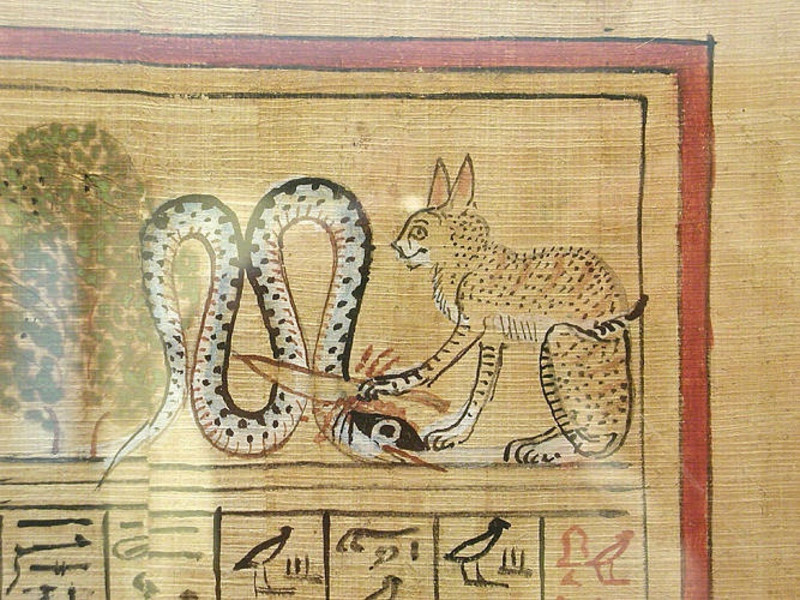
Other myths say Apep was imprisoned there just because he was plain old evil. It's said that when Apep roared in the underworld, the whole place would shake. On a scarier note, a potential world ending asteroid discovered in 2004 was named,

perhaps rather appropriately,‘Apophis’, after Apep’s Greek name. Current predictions suggest Earth is now safe from this asteroid, so you need not worry too much.
Illuyanka
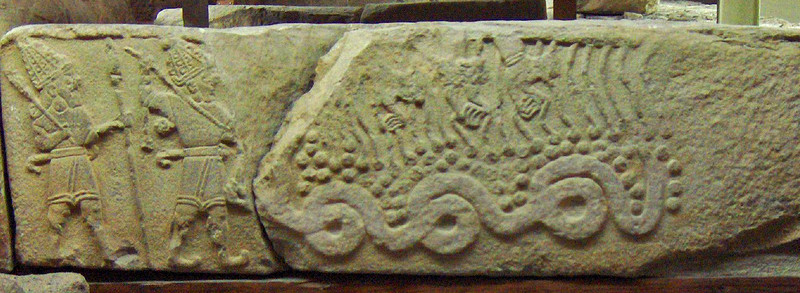
Keeping it ancient with a dragon from Hittite mythology; Illuyanka was an ancient serpentine dragon with human like features who did battle with the ancient Hittite gods. In one version of the Illuyanka myth, the Hittite storm god Tarhunt is engaged in battle with Illuyanka.
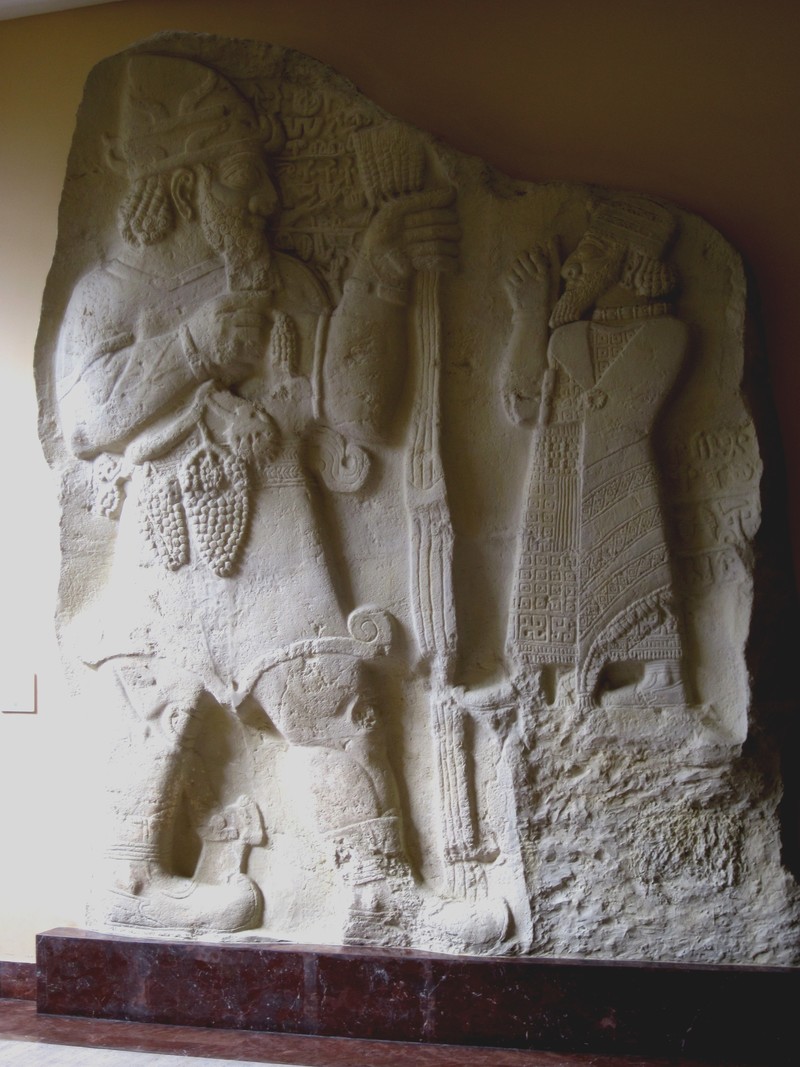
Tarhunt gets his ass kicked in the first round of combat and seeks the assistance of his daughter, the goddess of the wild, Inara. Inara comes up with a clever plan to help her father defeat Illuyanka and seduces a human man into helping her throw a great feast. Inara then invites Illuyanka

and all of his family to the feast and gets them so drunk they all pass out and can’t leave. Inara’s human lover then ties up the drunken dragon and its family allowing Tarhunt to come back and easily slay Illuyanka. Another version of the story sees Illuyanka tear out and steal Tarhunt’s heart and eyes,
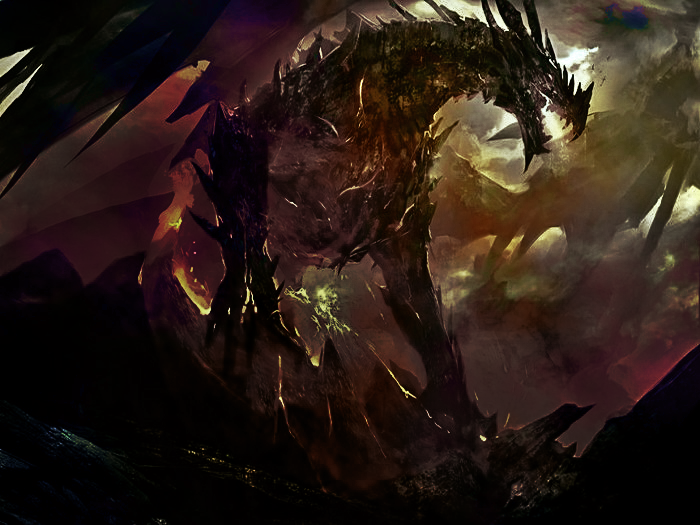
who then undertakes a long revenge plan. Tarhunt fathers a son who seduces and then marries Illuyanka’s daughter, who is convinced to retrieve Tarhunt’s heart and eyes as a wedding gift. Tarhunt now back at full strength kills Illuyanka and all his family, including his daughter-in-law, which leads to Tarhunt’s son feeling used, heartbroken, and begging for death.
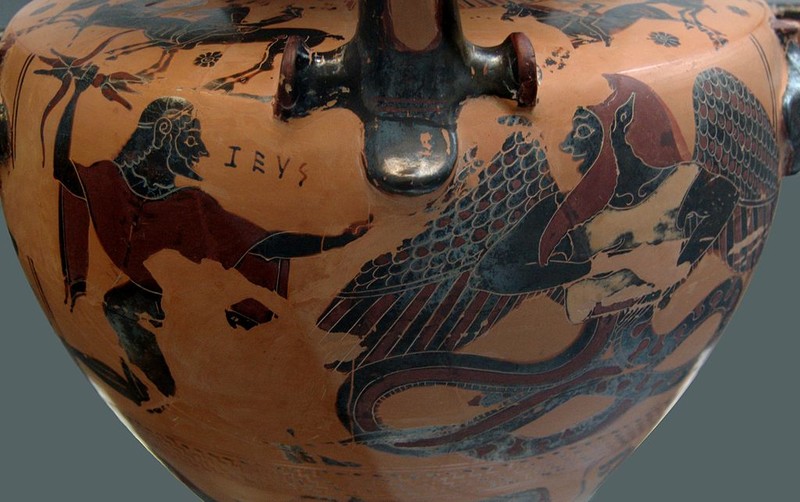
Tarhunt grants his son’s wish, using a powerful rain and lightning to do the deed proving that even super powerful dragons should not mess with storm gods.
Yamata no Orochi
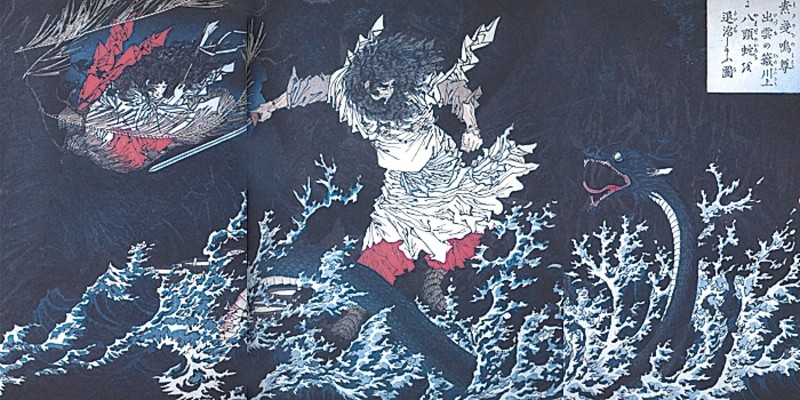
While we’re on the subject of dragons messing with storm gods, it makes sense to mention the Japanese Yamata no Orochi. With eight heads and eight tails, the Yamata no Orochi was a terrifying river dragon that lived in the Hii river in Izumo Province.
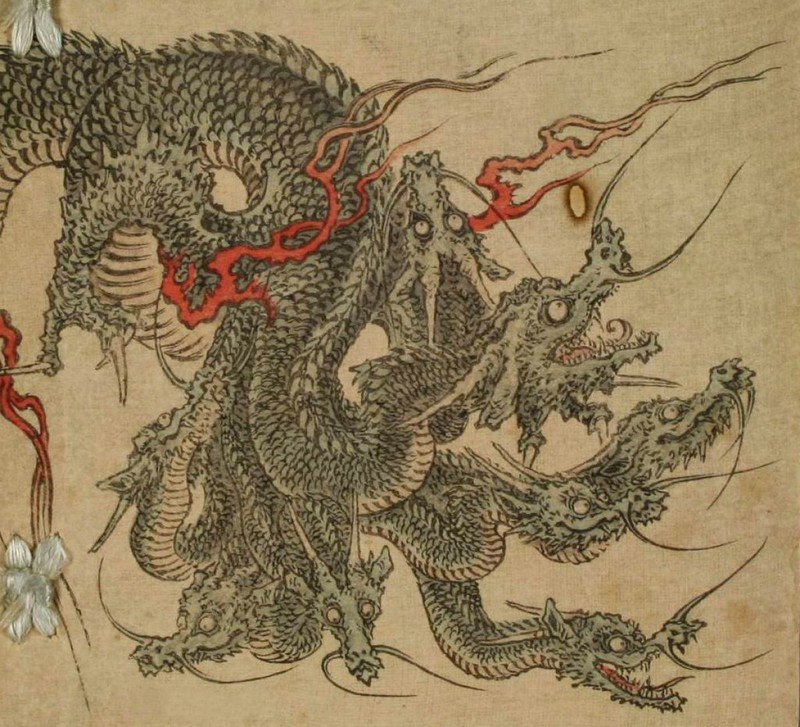
Every year for seven years, two earthbound deities who lived near the Hii river had one of their daughters devoured by the Orochi. It was coming for their eighth daughter when they encountered the exiled storm god Susanoo.
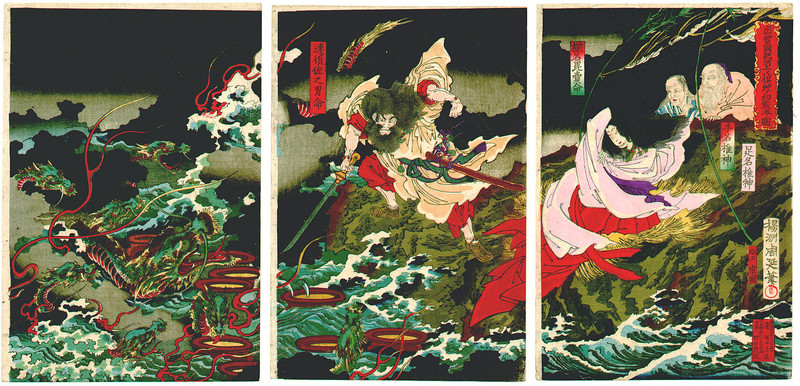
It seems they’re might bit of a global trend regarding storm gods and dragons, as Susanoo decided he was going to slay the Yamata no Orochi. After using divine magic to transform the eighth daughter into a comb, to hide her from the Orochi in his hair,

Susanoo conceived of a plan similar to that which Inara used to help Tarhunt slay Illuyanka. Susanoo instructed the earthbound deities to brew eight vats of the strongest liquor, which were then served to the Orochi when it came for the daughter.
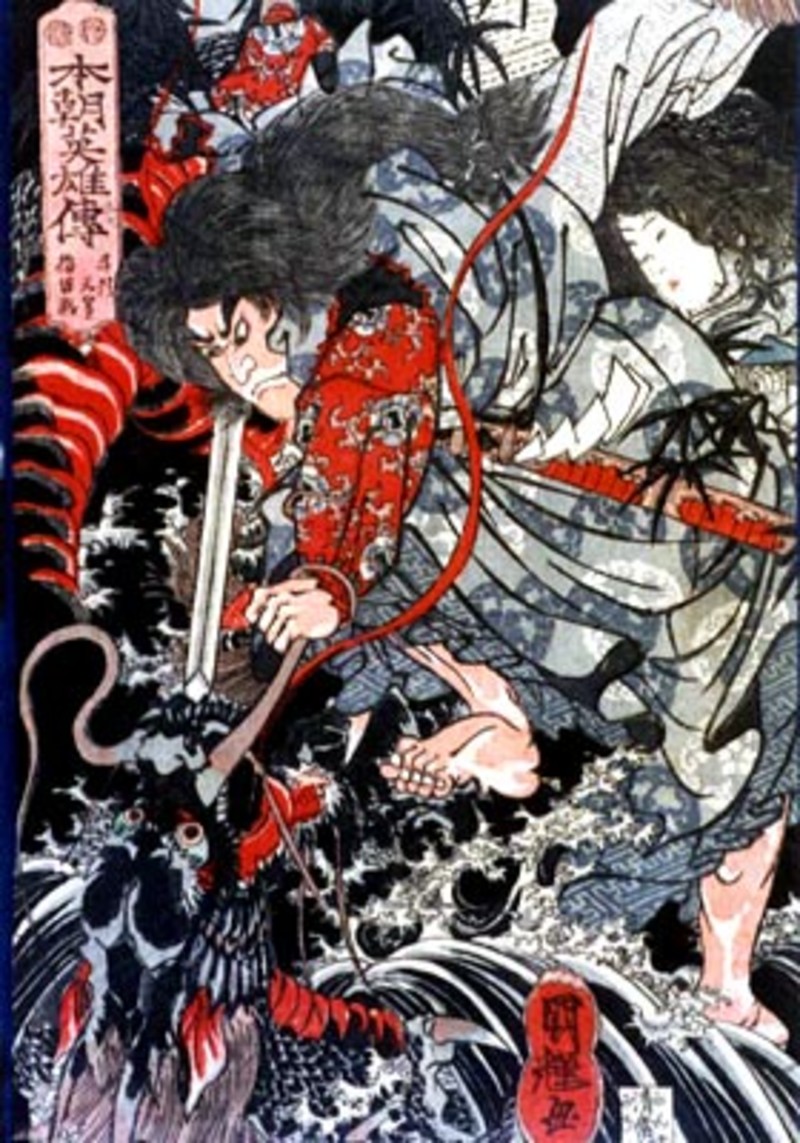
The Yamata no Orochi got so intoxicated drinking from the vats that it passed out. Susanoo then hacked the beast to pieces cutting off each head and each tail, though on the fourth tail, he broke his sword. Upon investigating the breaking, Susanoo found a new sword in the tail.
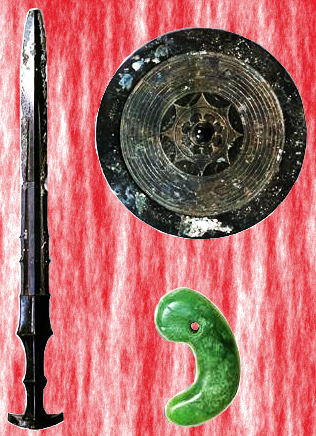
He later gifted the sword to his sister Amaterasu as an apology for their earlier feud, which had lead to his exile from heaven. This sword would go on to become one of the three sacred imperial regalia of Japan.
Jormungandr

You might be starting to wonder if there was some conspiracy between the old world’s lore keepers regarding dragons getting their asses handed to them by storm gods. It may then come as a surprise to find out that Thor,
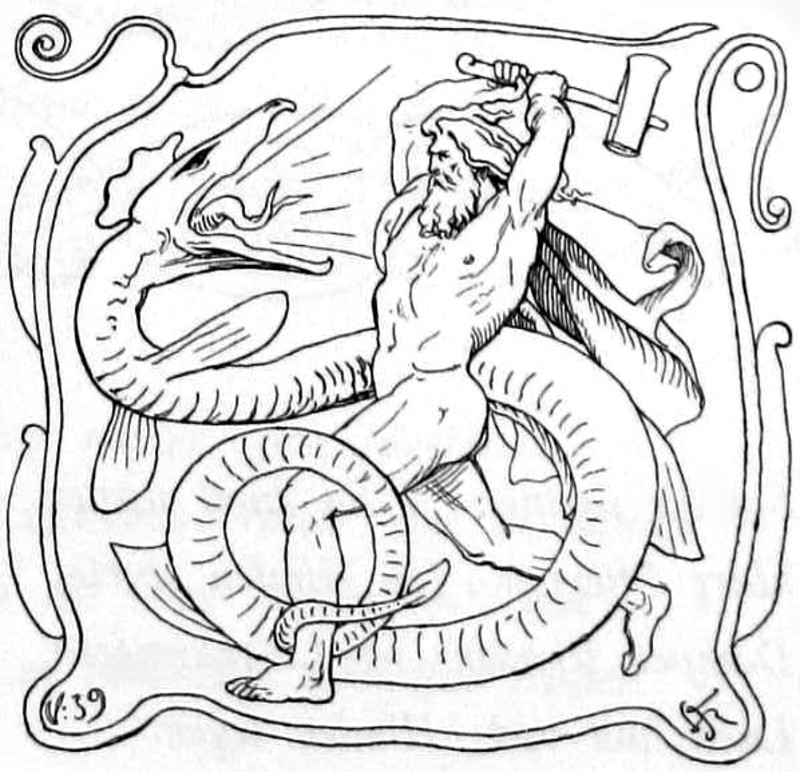
perhaps the most famous storm god, got killed trying to slay the Midgard Serpent, Jormungandr. The son of Loki and the giantess Angrboetha, Jormungandr
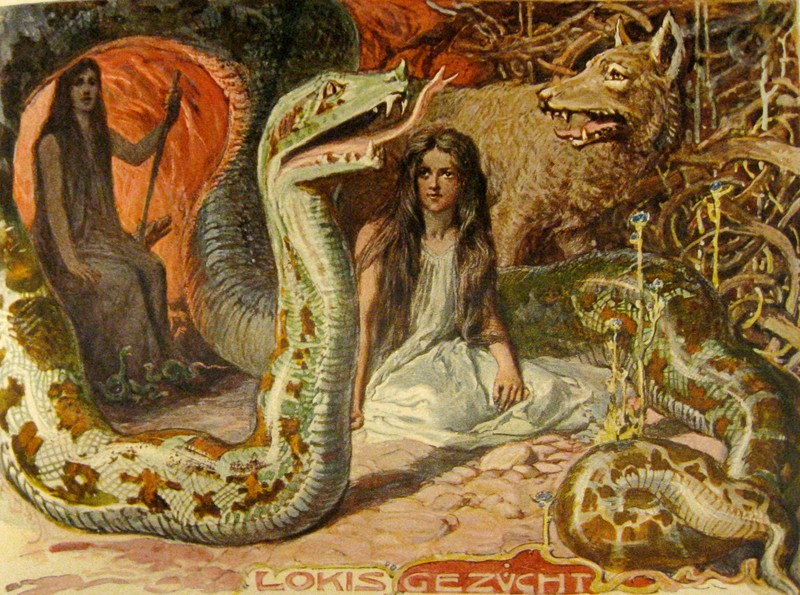
Jormungandr is so long as to encircle the earthly realm Midgard, and able to grasp its own tail. It was said that when Jormungandr let go of its tail that Ragnarok would begin,that being the Norse apocalypse. Thor and Jormungandr have an interesting history, with one encounter between them seeing the Midgard Serpent magically disguised as a cat by a giant king who meant to test Thor’s strength.
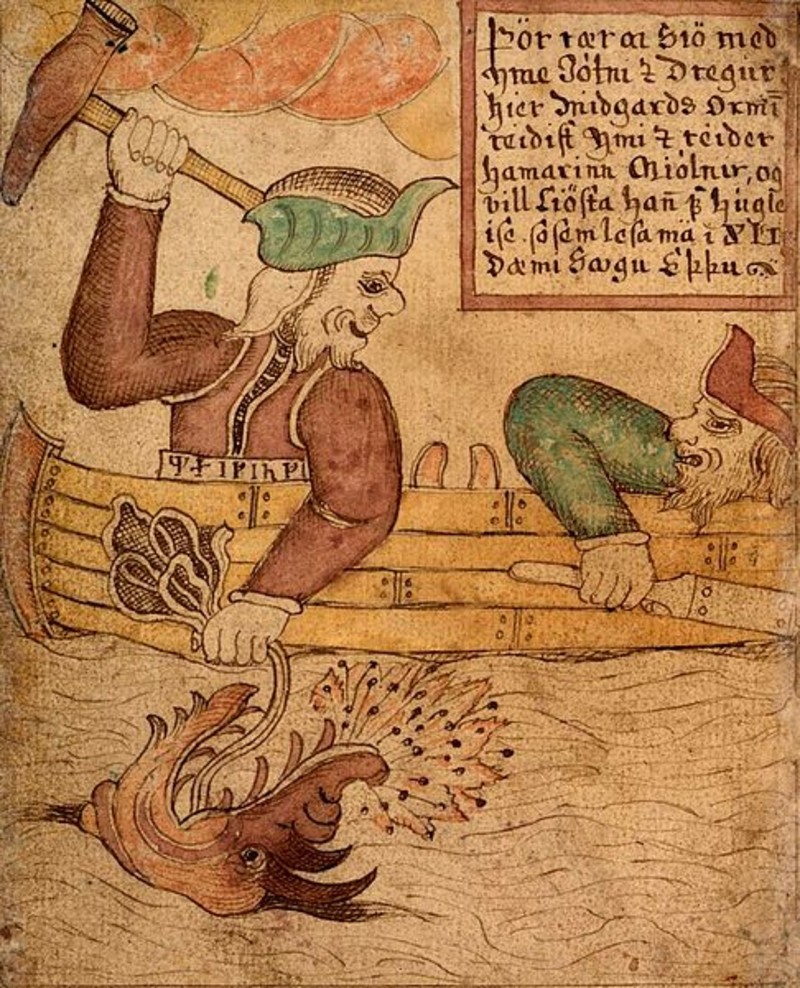
The idea was to see how high Thor could lift the secretly super heavy cat, which was not all that high it turned out, but enough to impress the giant king. Another encounter is when Thor was out fishing. Using an ox head as bait, he pulls up Jormungandr and the two desire to battle, but before they can, Thor’s fishing companion cuts the line and the serpent sinks back into the sea.
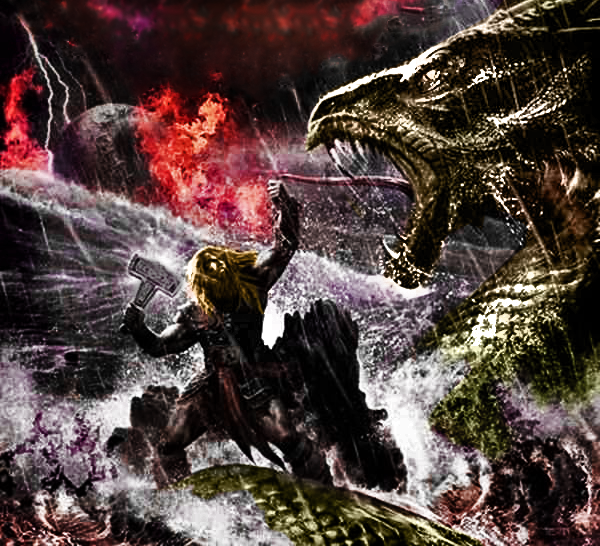
Thor and Jormungandr’s most famous battle comes during Ragnarok and sees both of them die. Jormungandr rises from the ocean and poisons the sky. Thors does battle with the beast and manages to slay Jormungandr, but is bitten by the serpent, whose poison kills Thor after he takes nice paces away from the kill.
Nidhogg
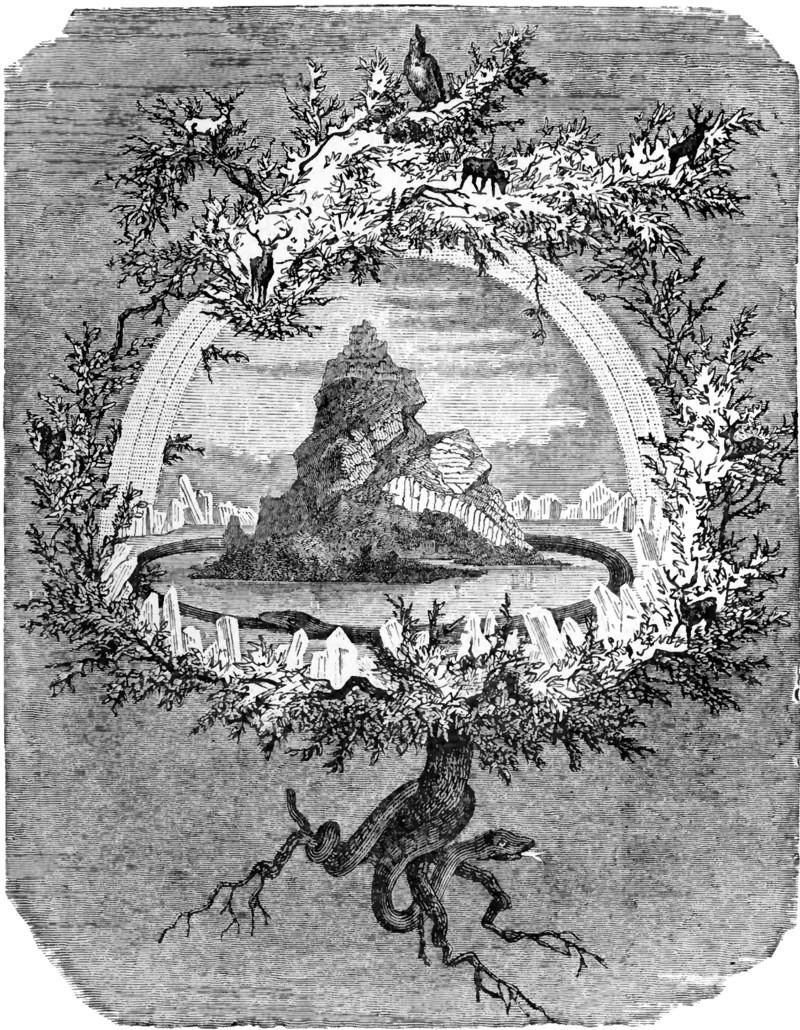
Having just covered one dragon of Norse myth, it's worth covering the other famous Norse dragon; the Nidhogg. Dwelling amongst the roots of the Norse world tree, Yggdrasil, the Nidhogg earned a reputation as the beast that lurked below.

Usually feeding off the nutrients in the roots of the world tree, Nidhogg was trapped by the roots in the icy Norse hell. It ruled a region of hell called the corpse shore and would feed on the corpses of those guilty of the worst crimes:

murder, adultery, and oath breaking. Nidhogg would commune with the eagle at the top of the World Tree by way of the squirrel Ratatoskr, who would travel the length of the tree. Nidhogg’s gnawing on Yggdrasil’s roots ultimately hurt the tree and helped pull the Norse cosmos into chaos,
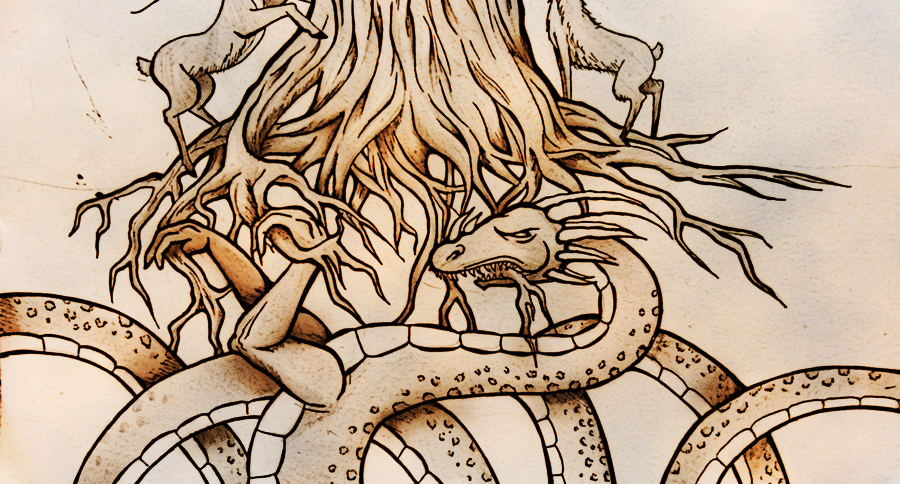
bringing it closer to Ragnarok. During Ragnarok, Nidhogg is said to leave its realm and join in the destruction before returning to feeding on the dead in the corpse shore. The Nidhogg could therefore be seen as a dragon of entropy; that is the inevitable demise of all things.

The influence on modern fiction of Nidhogg’s entropic nature can seen in several franchises: such as Alduin in Skyrim, or Pokemon’s Zygarde.
The Lambton Wyrm
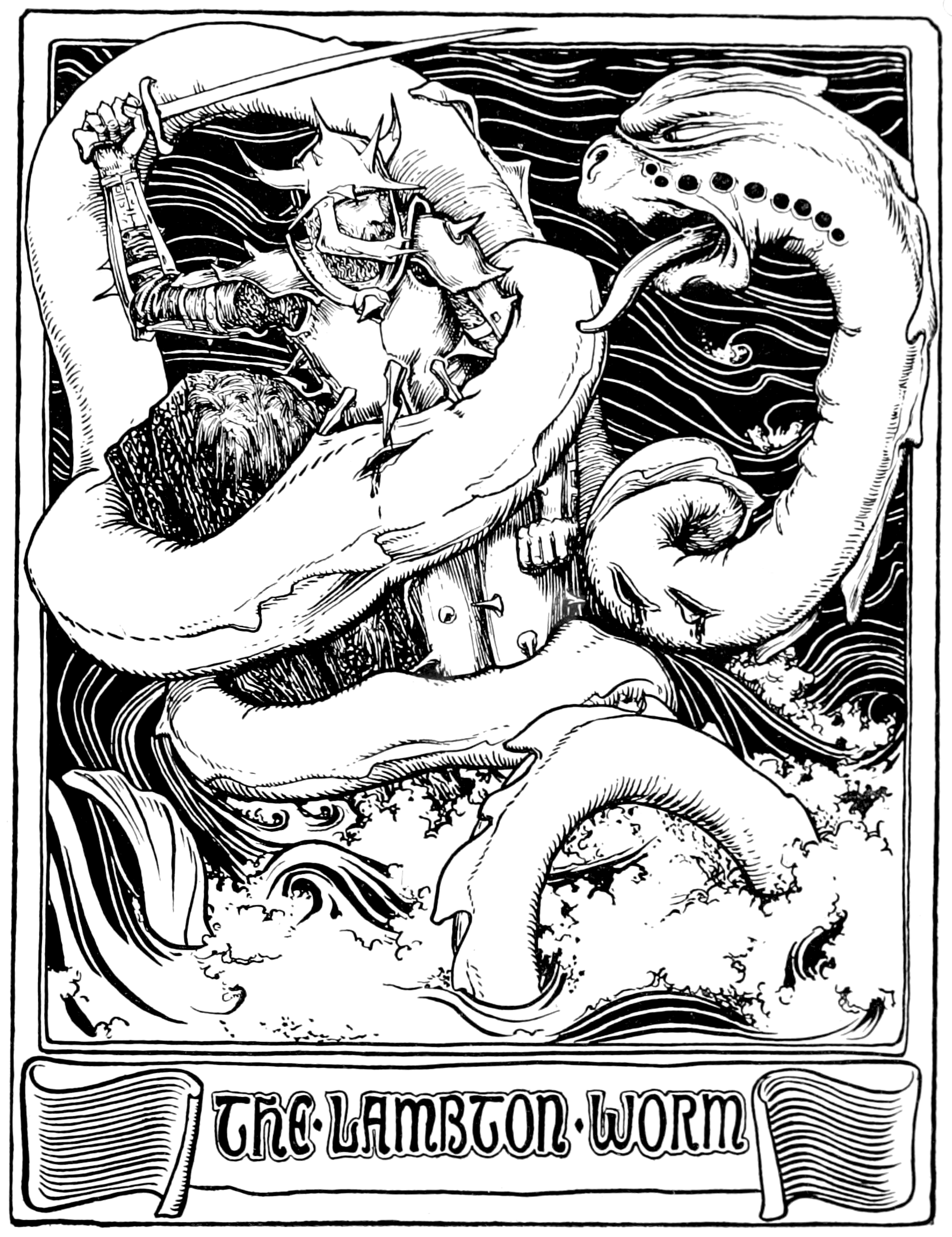
A change of pace now from all the dragons of divine legend, with one instead from a local legend in England. The tale of the Lambton Wyrm is decidedly more Christian in nature, keeping with the age old theme of the brave knight battle an evil dragon.
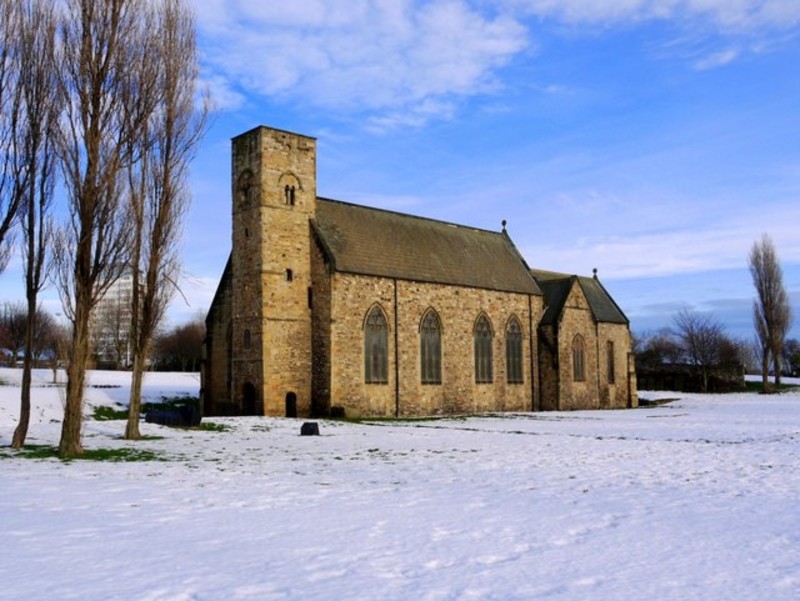
Set around the River Wear in Northeast England, the tale begins with a rebellious young John Lambton skipping church to go fishing in the river. Despite being warned that no good would come of skipping church, he carries on fishing but catches nothing until the church service finishes. Eventually, he hooks a rather insignificant eel like creature which is declared to be the devil.
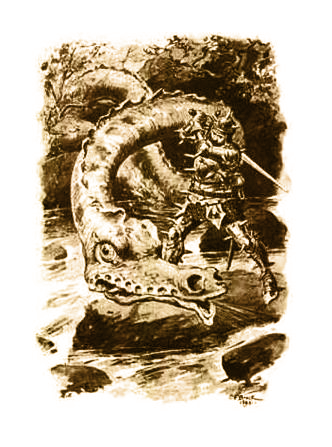
Wanting rid of the creature, John throws it down a nearby well and thinks nothing more of it. He grows up and goes off to fight in the Crusades as penance for his rebellious youth; but while he is away, the creature too grows up, becoming a large and poisonous dragon. Having emerged from the well, the fully grown Wyrm coils itself around the nearby Penshaw Hill

and feeds on local livestock and children. John’s father, the aging Lord Lambton, attempted to buy the Wyrm’s peace with a tribute of the finest milk and visiting knights try to slay it and fail. Seven years later, John returns to find his home a wreck because of the wyrm and seeks the advice of a wisewoman on how best to slay it.

She suggests covering his armor in spear heads and that he should kill the first thing he sees if he defeats the beast to avoid a curse. John following this advice fights the Wyrm in the River Wear where it has coiled around a large rock. When the Wyrm attempts to coil around John and crush him, it's cut to pieces by the spearheads and, dismembered, is carried off down the river.

John’s father was meant to release a hound to be killed to prevent the curse, but in his excitement, his father rushes forward to John instead. Refusing to kill his father, John and the Lambton family are cursed for generations. The tale in immortalised in a local folk song

and is said to have been a major influence of Lewis Carroll's Jabberwocky, who spent a lot of time living and writing in nearby Sunderland.
Zmey Gorynych
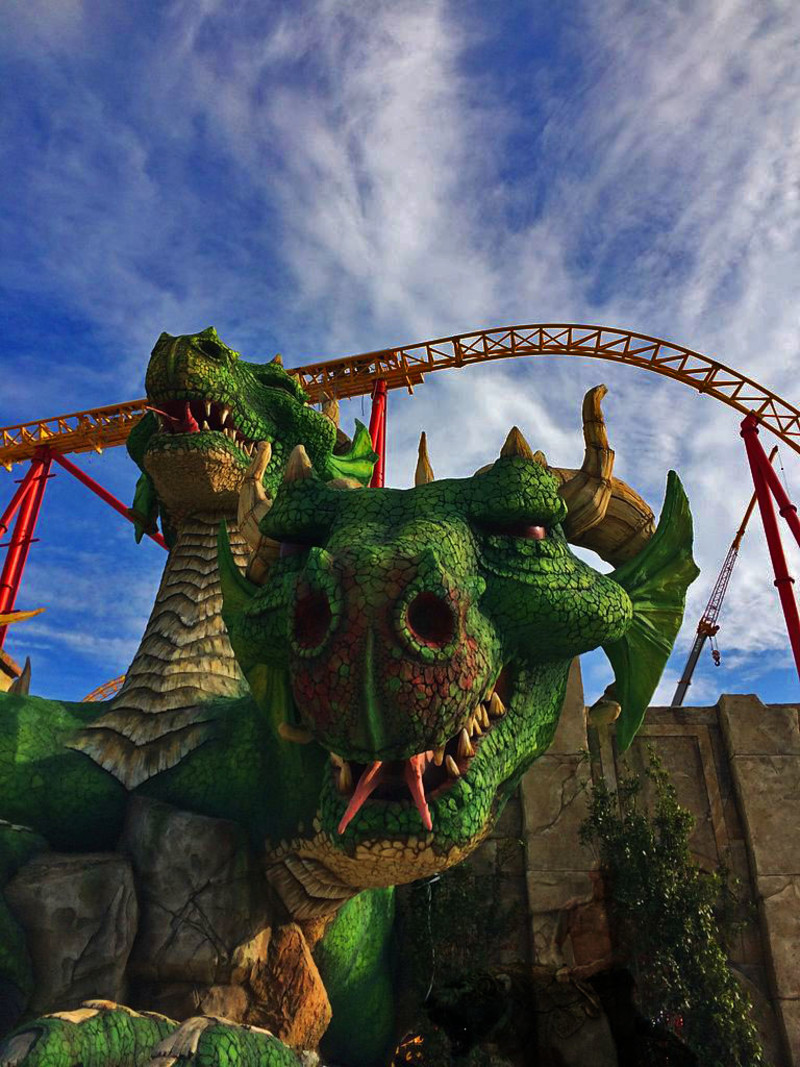
You might be noticing that a lot of dragons of legend are more serpentine and poisonous than most modern depictions of dragons would have you believe. Somewhat closer to the typical modern dragon is the Slavic dragon, only they usually have three heads. They are said to spit fire and have blood so poisonous that even nature wanted nothing to with it.
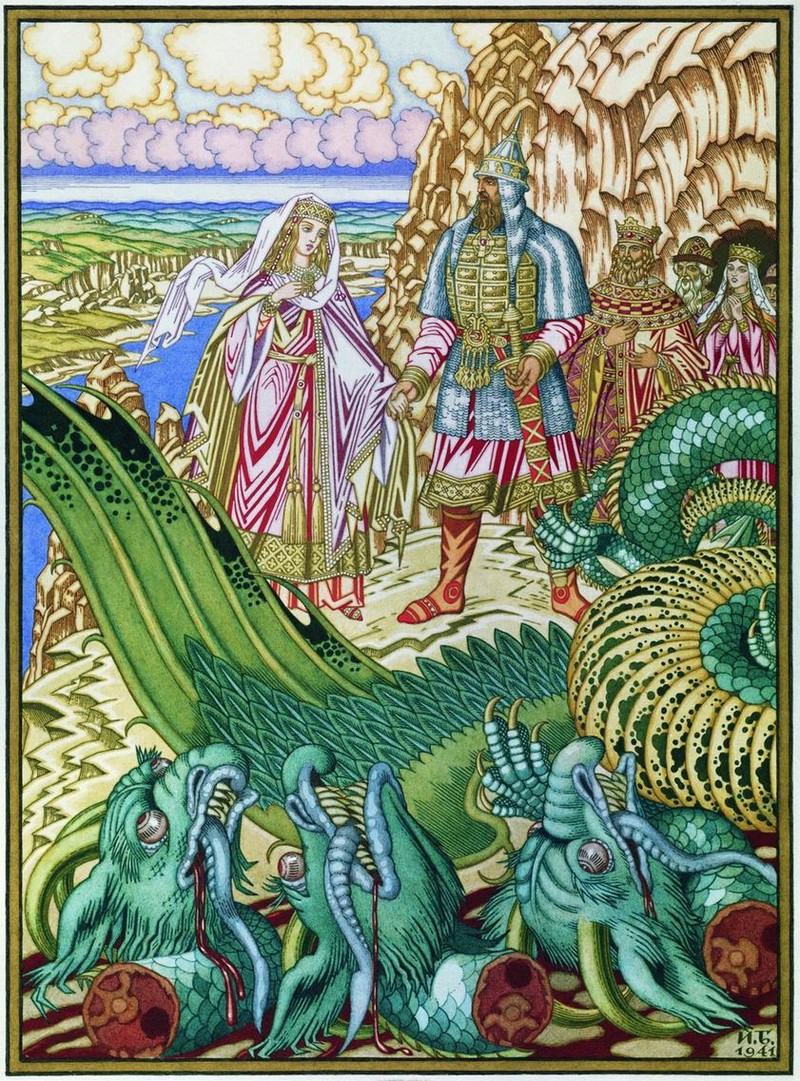
If you slew one, then its blood would simply pool and never drain, creating a poisoned pond of dragon blood. The most famous Slavic Dragon is probably the Zmey Gorynych which terrorised the people of Kiev. The Zmey Gorynych would demand a tribute of virgins from the people of Kiev each year and would inflict terrible destruction of the people if they did not meet the demand.

One year, the Gorynych made the mistake of kidnapping the King’s daughter and a heroic knight, or bogatyr, named Dobrynya Nikitich stepped up to the challenge of rescuing her. Dobrynya and the Gorynych fought uninterrupted for three days and three hours solid.

Eventually, Dobrynya slew the dragon and returned the King’s daughter safely home to Kiev.
Leviathan

This great beast is perhaps more a sea serpent than a true dragon, but as you may have noticed, most dragons of old legend were a lot more serpentine than modern high fantasy would have us believe. The Leviathan is a biblical beast and its name is synonymous with anything massive and mighty.

The Leviathan is seen as serpent of primordial chaos that plagued early man in the old Hebrew scriptures. God is said to have originally created two Leviathan, one male and one female, but after realising how much trouble they caused his favourite creation, humans, he killed the female so that they could not breed. The remaining Leviathan was left to dwell in the oceans heartbroken and vengeful, and continued to be to be a danger to mankind.
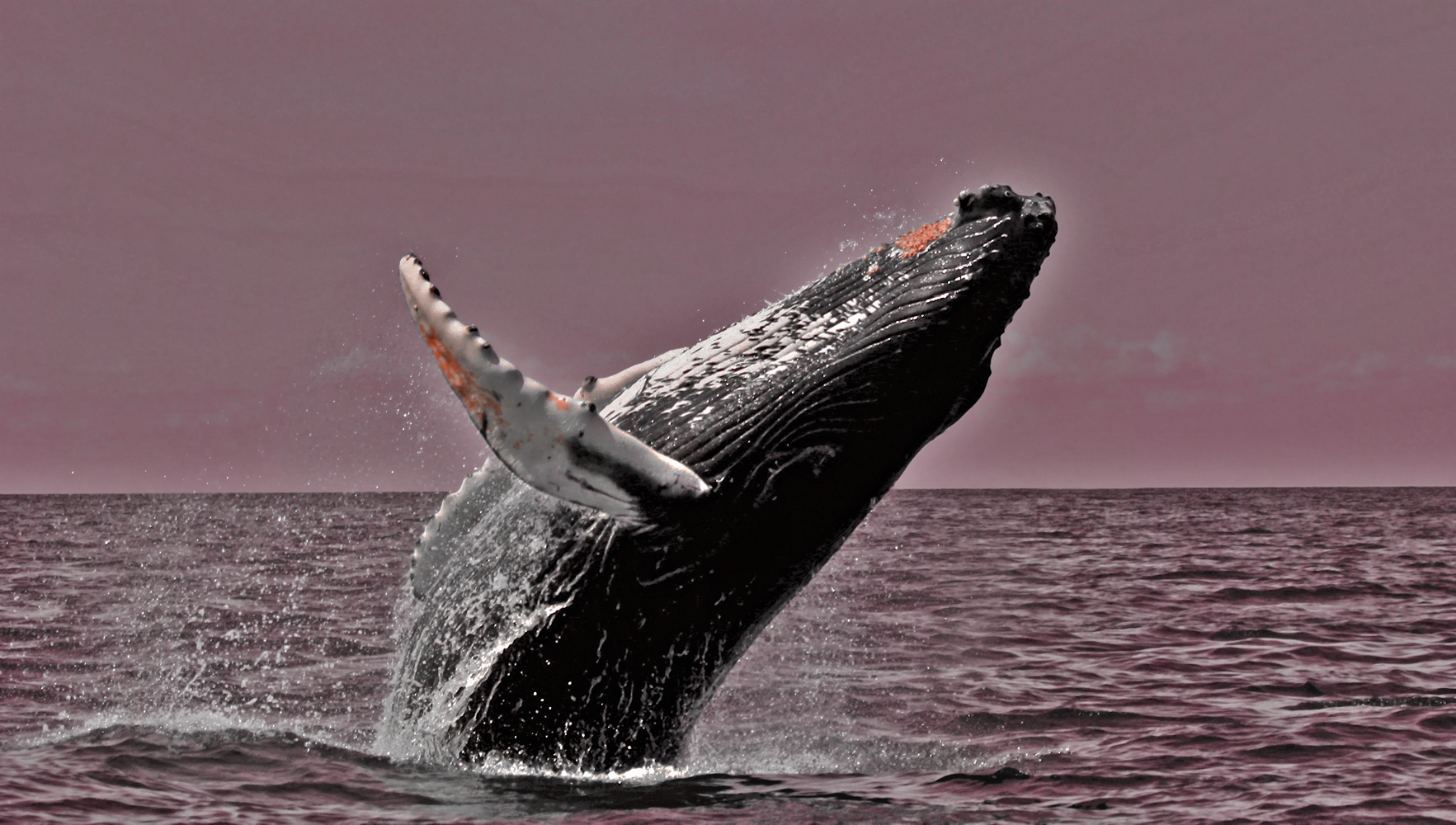
The Leviathan was apparently so large it would devour whales whole, with the one that swallowed Jonah narrowly escaping it. Perhaps a little ironically, in Modern Hebrew, Leviathan simply means whale.
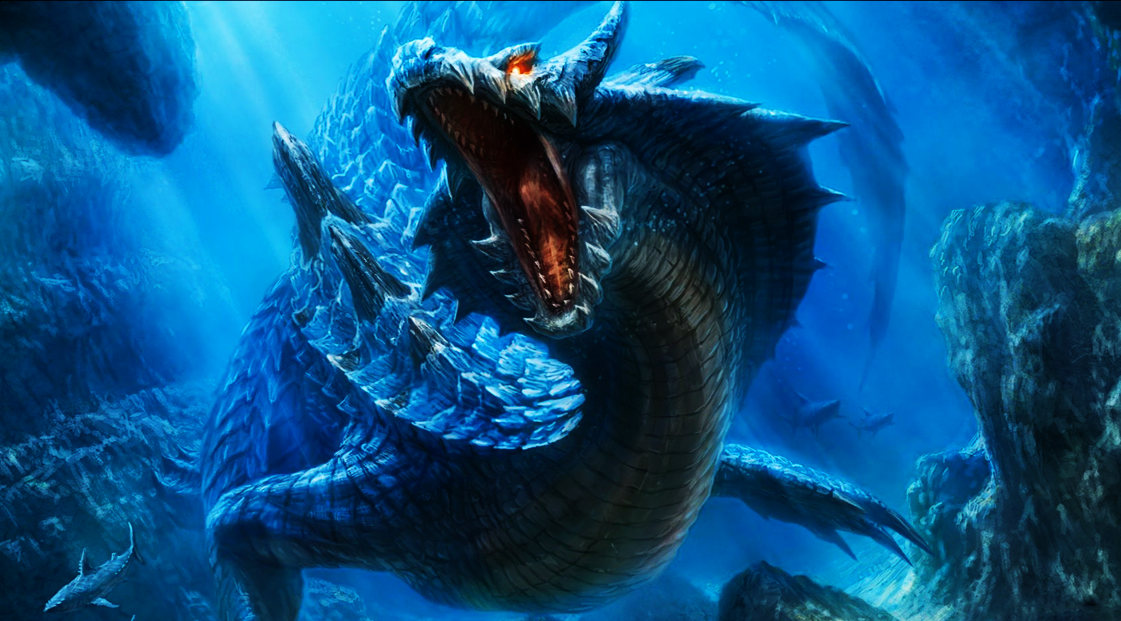
Some scripture suggest that God left the Leviathan alive so that its flesh may be served to the righteous who survive Armageddon and that the Leviathan could boil the waters of the deep with its breath. In Christianity,
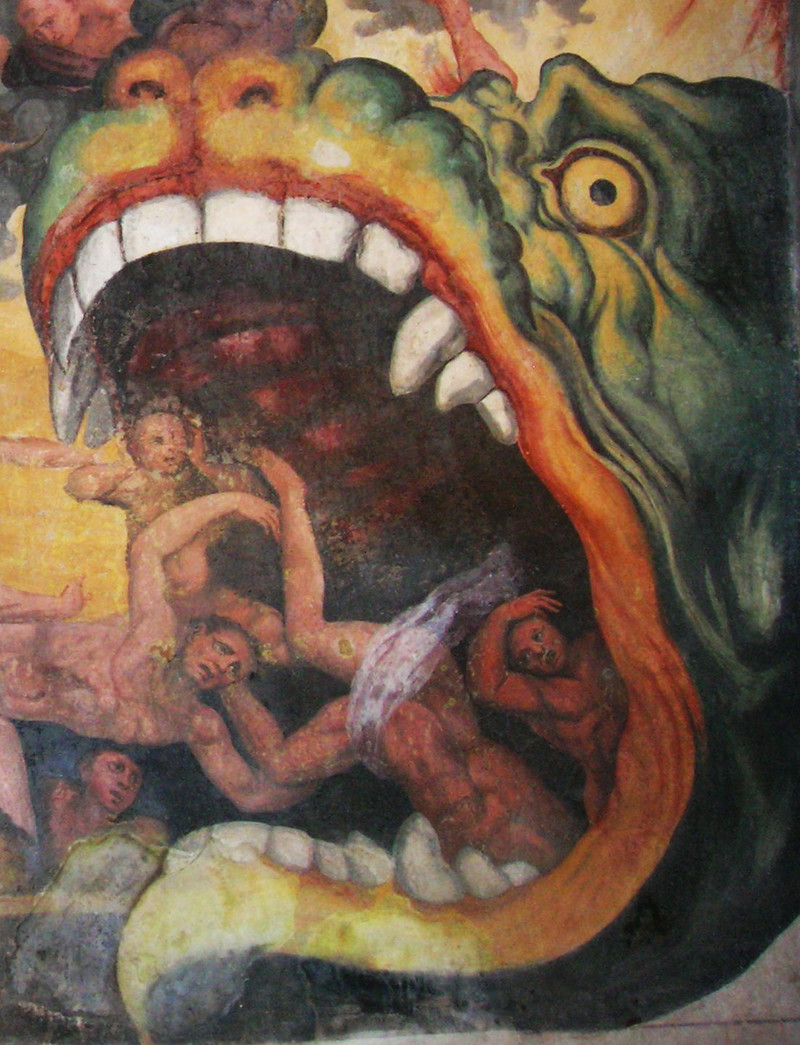
the Leviathan came to be associated with Satan, seeking to destroy God’s creations on Earth; often being depicted as a hellmouth.
Qinglong
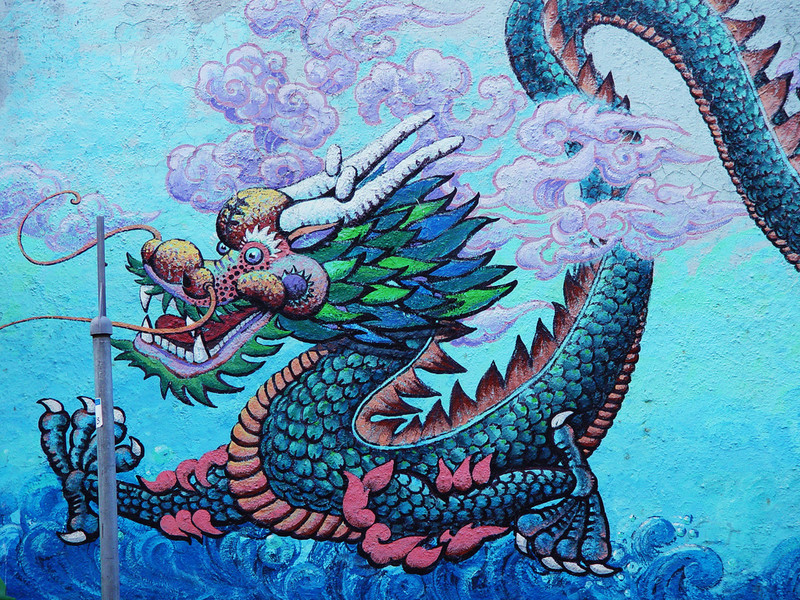
After all these deathly and kinda’ evil dragons, it's probably worth ending with a considerably nicer dragon; the Chinese Qinglong. This dragon god, known in English as the Azure Dragon, and is a representative of Spring and the East. The Qinglong appeared on the Chinese flag
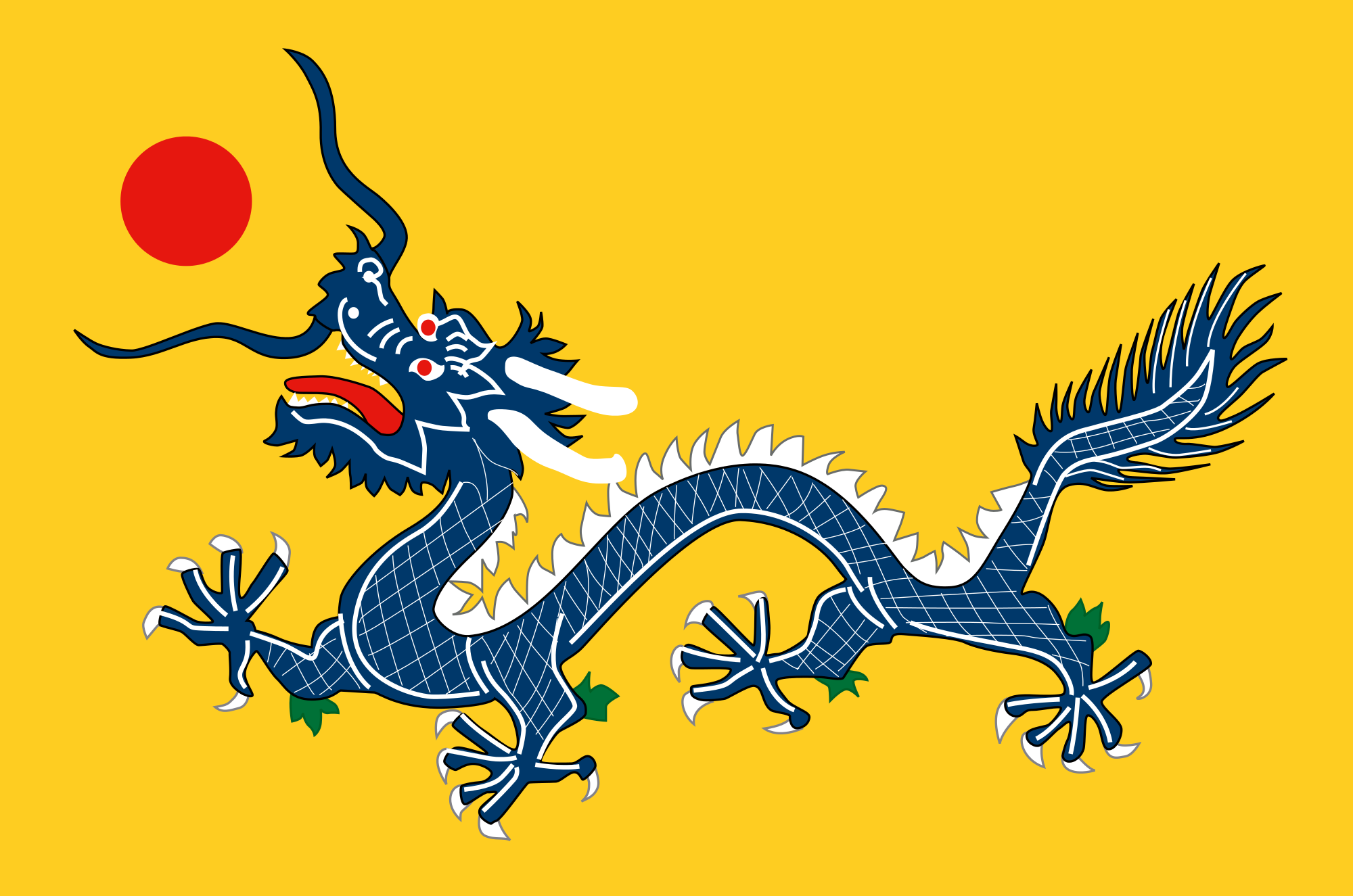
until 1912 and has always been viewed as a benign and benevolent creature; Taoist temples even having the Qinglong as a guardian deity. The Chinese have a dragon constellation on their celestial maps,
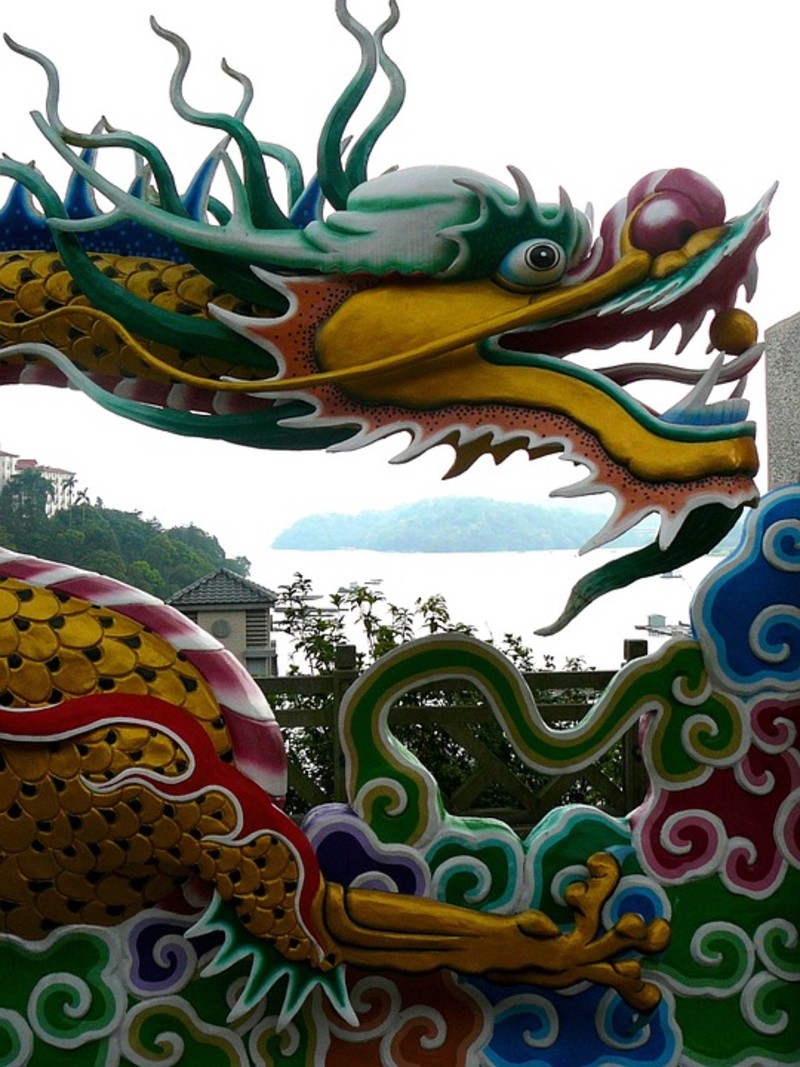
and the Qinglong is considered the chief of the four celestial guardians in Chinese myth. The Qinglong influence extends to Japan where it is known as Seiryu and continues its role as a guardian, this time as the guardians of cities; for example, it is said to be a defender of the east of Kyoto.
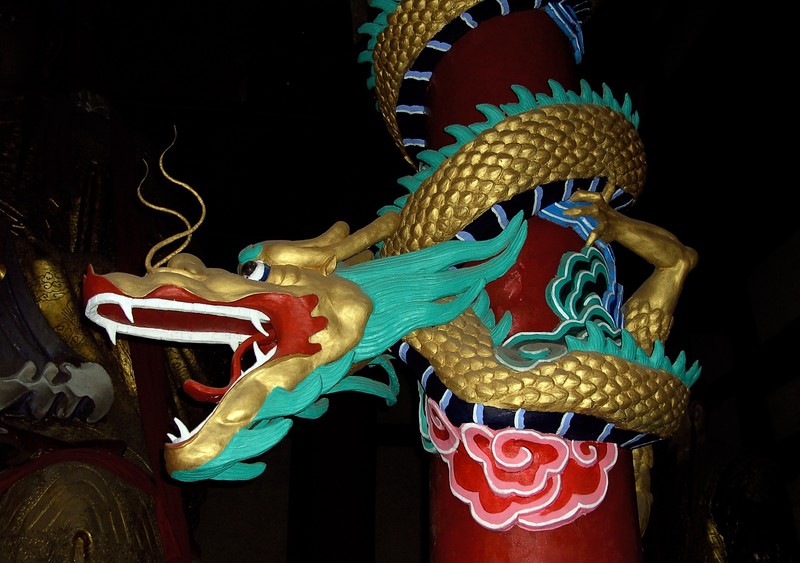
Generally speaking, the dragons of the Far East a significantly friendlier than those in Western legend. They usually represent forces of nature, or even supernatural ones. They are usually associated with water, which seems to be the element most attributed to dragons worldwide, but unlike most Western dragons, they are also associated with good luck.

The dimensions and attributes of the Chinese dragon are often given with some relation to the number nine, which is considered a very lucky number. Male dragons have 81 scales, which is nine multiplied by nine, and would also have nine children. Its perhaps fitting then that the much friendlier Qinglong is here at the end of this list of nine dragons.




